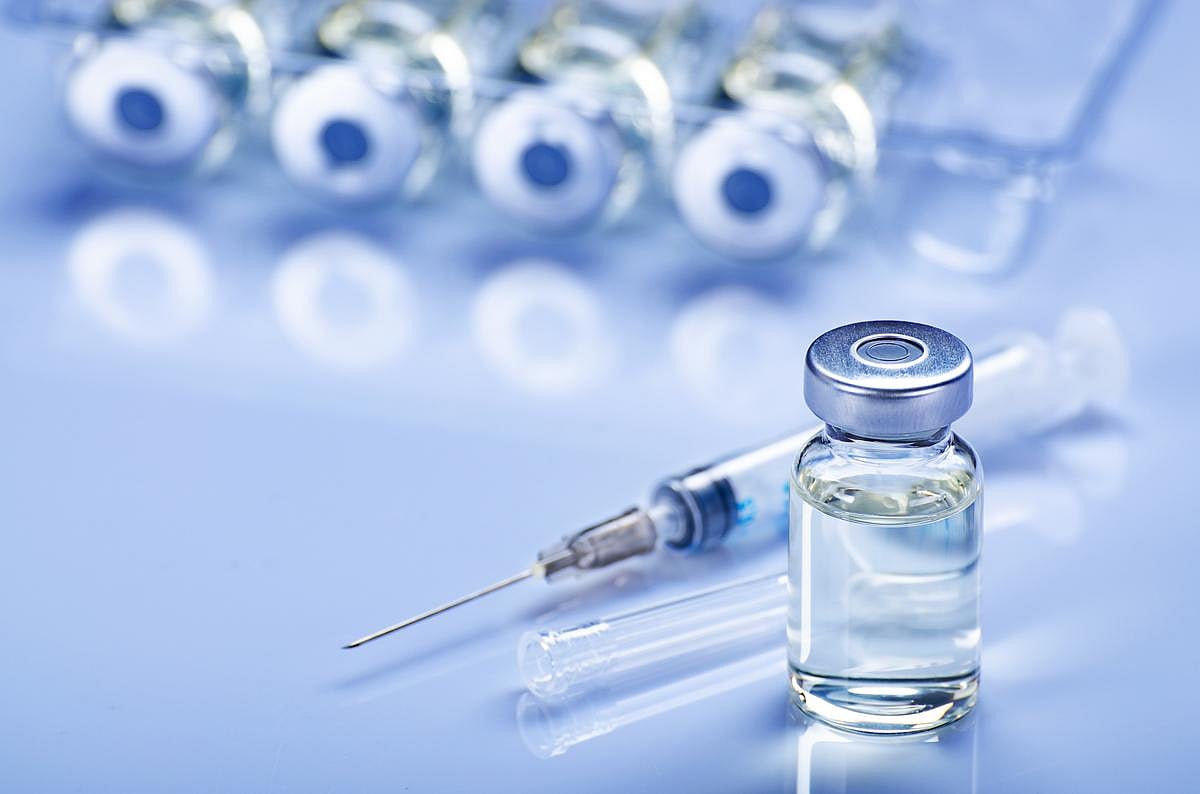Lower likelihood seen for experiencing increase in Systemic Lupus International Collaborating Clinics/American College of Rheumatology Damage Index
By Elana Gotkine HealthDay Reporter
THURSDAY, Feb. 20, 2025 (HealthDay News) — For patients with moderately to severely active systemic lupus erythematosus (SLE), anifrolumab is associated with less organ damage after 208 weeks compared with patients receiving standard of care (SOC), according to a study published online Feb. 7 in the Annals of Rheumatic Disease.
Zahi Touma, M.D., Ph.D., from the University Health Network in Toronto, and colleagues examined whether anifrolumab plus SOC is associated with reduced organ damage accumulation compared with SOC only among adults with moderately to severely active SLE. The anifrolumab arm included patients who initiated 300 mg anifrolumab in the Treatment of Uncontrolled Lupus via the Interferon Pathway trials; real-world (RW) external controls from the University of Toronto Lupus Clinic cohort received SOC only (354 and 561 patients, respectively).
The researchers found that the mean change in Systemic Lupus International Collaborating Clinics/American College of Rheumatology Damage Index (SDI) score was 0.416 points lower in the anifrolumab versus the RW SOC arm after weighting. The likelihood of experiencing an increase in SDI within 208 weeks was lower for patients in the anifrolumab arm (hazard ratio, 0.401).
“In addition to the proven effectiveness of anifrolumab for controlling disease activity, attaining Lupus Low Disease Activity State and remission, and enabling glucocorticoid tapering, this study shows that anifrolumab is effective for preventing long-term organ damage compared to RW SOC,” the authors write.
Several authors disclosed ties to pharmaceutical companies, including AstraZeneca, which manufactures anifrolumab and funded the study.
Copyright © 2025 HealthDay. All rights reserved.








